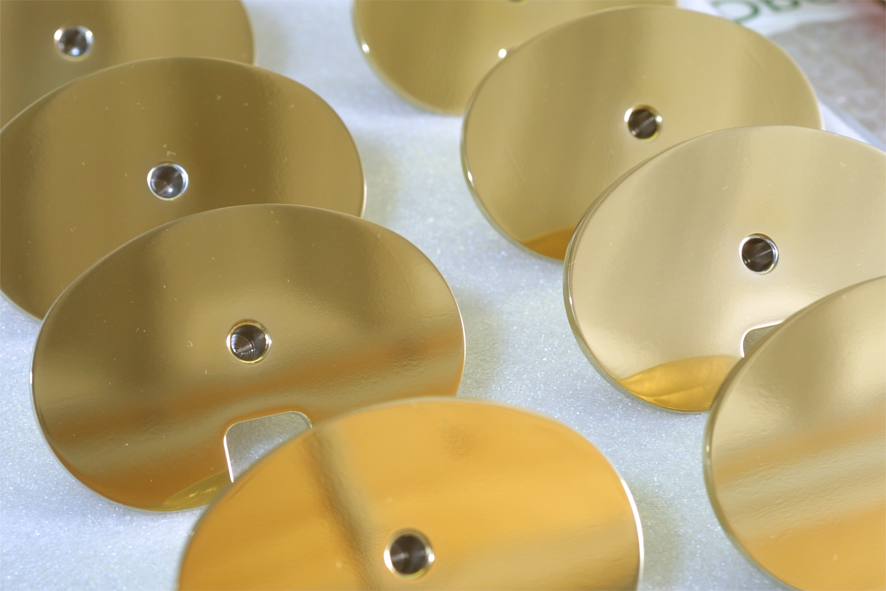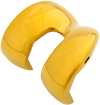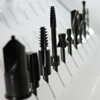
Titanium Niobium Nitride Coatings (TiNbN)
Technology
An arc with high current density is run over the target material causing it to evaporate and to release titanium and niobium atoms, which are ionized and propelled towards the implant.
During the process, nitrogen is introduced into the vacuum chamber. The TiNbN coating is formed when the titanium and niobium ions strike the implant surface and, simultaneously, combine with the nitrogen atoms.
An arc with high current density is run over the target material causing it to evaporate and to release titanium and niobium atoms, which are ionized and propelled towards the implant.
During the process, nitrogen is introduced into the vacuum chamber. The TiNbN coating is formed when the titanium and niobium ions strike the implant surface and, simultaneously, combine with the nitrogen atoms.
Range of Application
- Orthopedic implant components
- Surgical instruments
- Rotating instruments
TiNbN Video
Properties
TiNbN coatings only modify the surface properties. The material properties and biomechanical functionality are not altered by the coating.
TiNbN coatings only modify the surface properties. The material properties and biomechanical functionality are not altered by the coating.
- Color: brass yellow
- Coating thickness: 0.5–6 µm
- Roughness: Ra ≤ 0.05 µm
- Adhesion strength: at least HF 1 (DIN EN ISO 26443)
- Coating hardness: ~2,500 HV
- Wear resistance: extremely high wear resistance towards bone cement
- Wear: low friction coefficient in contact to UHMWPE, significant increase of scratch resistance of the surface
- Reduction of allergy potential by reduction of ion release to the detection limit
- Outstanding biocompatibility of TiNbN (proven in several publications)
- Liquid contact angle: Reduction of the liquid contact angle by 20 % results in improved surface wettability

Advantages of the Procedure
- Reduction of ion release
- 4-times harder than conventional cobalt-chrome alloys
- Higher wettability with synovial fluid
- Low friction articulation
- Long-term chemical stability
- Extreme adhesive strength




